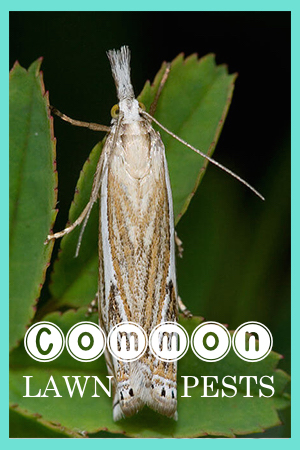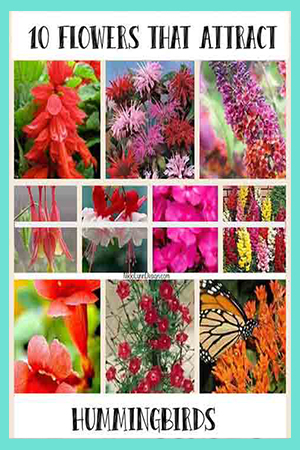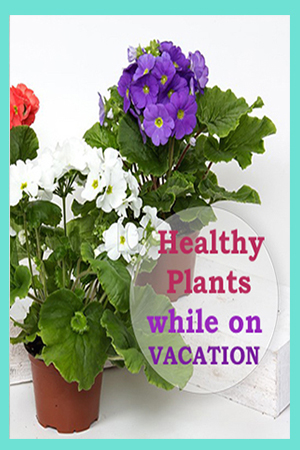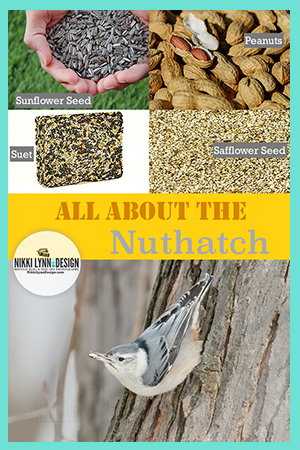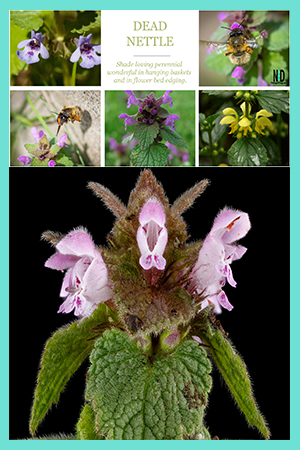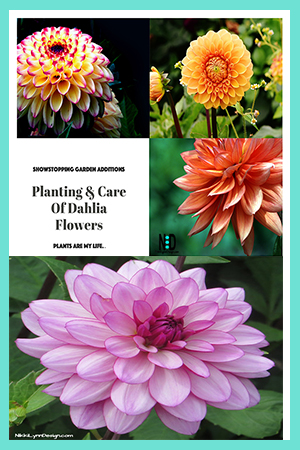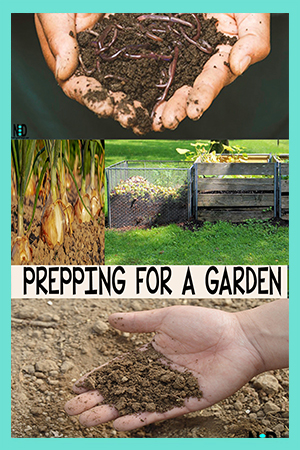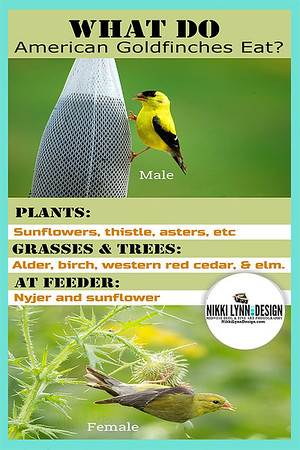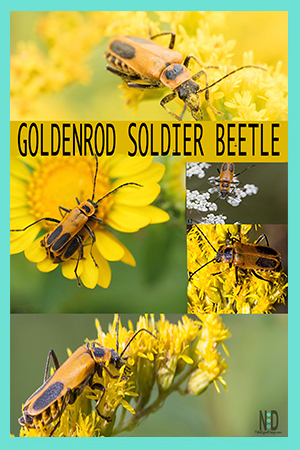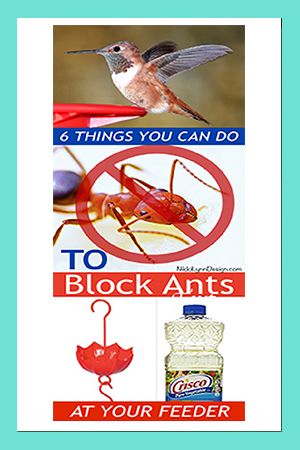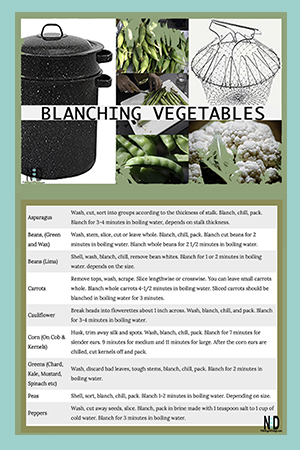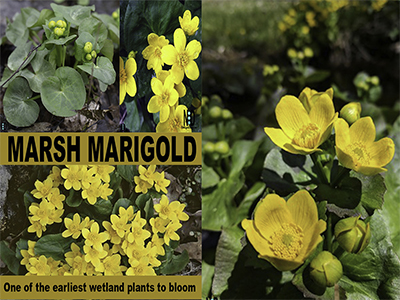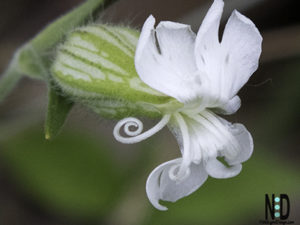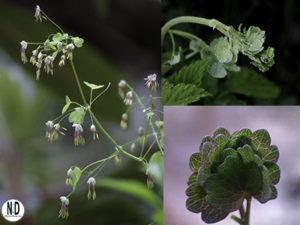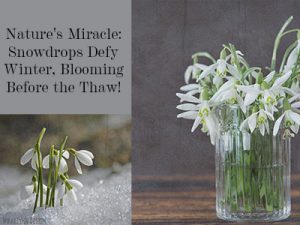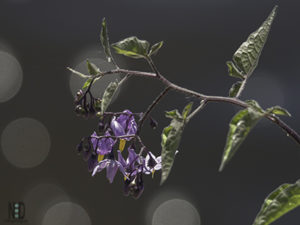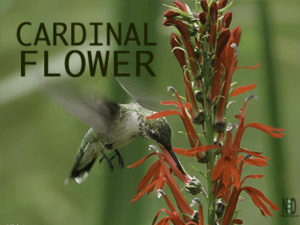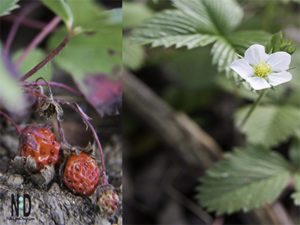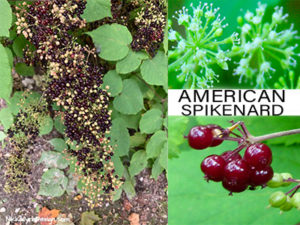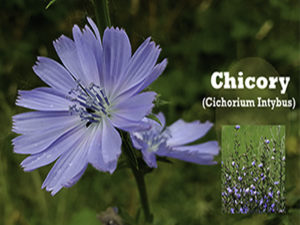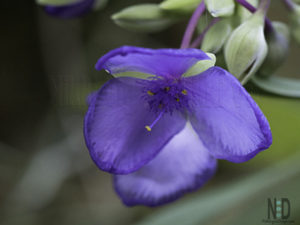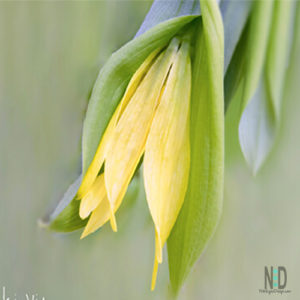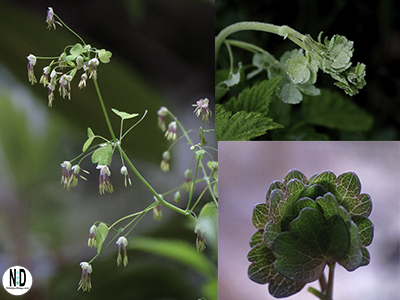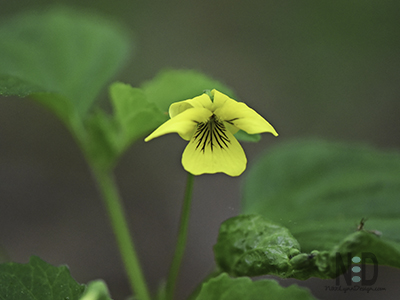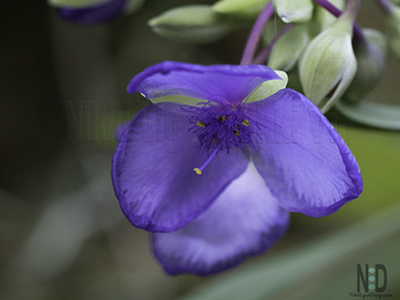The marsh marigold is one of the earliest wetland plants to bloom after the winter snow has melted with it’s beautiful, yellow blooms that herald spring is here.
Marsh Marigold
| Genus: | Caltha palustris |
|---|---|
| Family: | Buttercup |
| Life cycle: | Perennial |
| Origin: | Native |
| Habitat: | Wet boggy areas, marshes, swamps, along river banks |
| Bloom season: | April, May |
| Plant height: | 8-12 inches high |
General Information
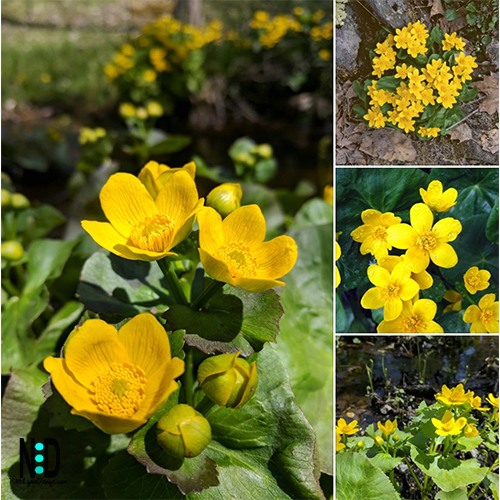
(Caltha palustris) is the very common marsh herb usually, but erroneously, called “Cowslip.” Its leaves are very commonly used and marketed for food.
The flowers are perfect, having five to nine (usually the former) golden-yellow, shining sepals, and numerous brighter stamens. The stems are hollow and furrowed. The leaves are round kidney-shaped, usually with scalloped edges. Marsh Marigold is abundant in swamps
Marsh Marigold Video
Where Does Marsh Marigold Grow?
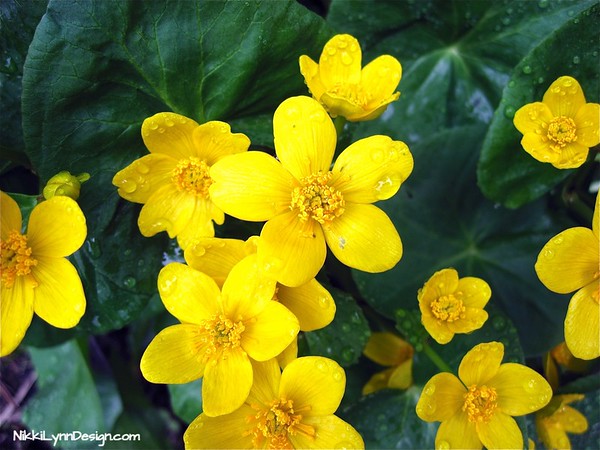
- The wildflower is found throughout the Northern Hemisphere.
- In the Midwest, it flowers between April and May. In other additional areas, the plant can bloom into August.
- You will find this brightly colored flowering perennial growing in wet, boggy soil. Most often in marshes, wet meadows, swamps, and stream banks.
Plant Characteristics
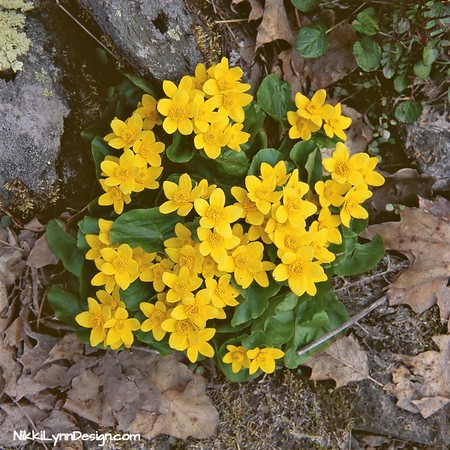
- Perennial herbaceous plant
- Grows 8-12 inches in height
- Round green leaves
- Yellow, buttercup-shaped flowers.
- There are four to nine (mostly five) petal-like, brightly colored – yolk yellow, white or magenta flowers. (flower color combination vary by region)
Blooming Time
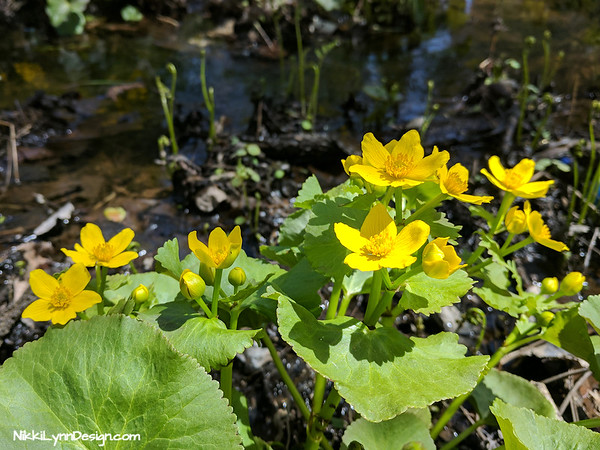
- In the Midwest, location bloom time occurs between April and May.
- In areas in high altitudes, the pant can bloom into August.
Excellent Plant For Early Pollinators

The bright yellow bloom attracts bees, beetles, and flies. The insects listed are some of the insects you will see most often.
- Bees
Blister Beetle
Augochlora Pura Bee
Honey Bee
Mason Bee
Sweat Bee - Beetles
Blister Beetle - Flies
Golden Backed Snipe Fly
Common Scorpion Fly
Images of Marsh Marigold
Known By The Following
Below are some of the various names that the plant goes by. The list is not a complete listing but rather the most common names used by the regions.
- Marsh marigold
- Kingcup
- Brave bassinet
- Crazy Beth
- Horse blob
- Molly-blob
- May blob
- Water boots
- Meadow-bright
- Meadow buttercup
- Water buttercup
- Soldier’s buttons
Plant Marsh Marigold From Seed or Bare Root
Plants can be started from seed or bare roots. Be sure to purchase high-quality seed that has been stored under refrigeration. The seed would be ok for a few days without refrigeration but an extended amount of time will give you a low turnout in seed germination.
| USDA Zones: | 2-7 |
| Life Cycle: | Perennial |
| Plant Spacing | 12-18″ |
| Sun Exposure: | Full, Partial, Shade |
| Height: | 2 feet |
1.) The plant is generally a wetland plant but will adapt to most soil conditions. It will do extremely well in poor wet to medium wet soil throughout the growing season. The plant will do fine in full sun, partial sun, and shade.
2.) Bare roots can be planted 12-18″ apart any
3.) Seeds can be started in fall or early spring, planting 1/4″ below the surface. Germination takes place in 5 to 10 days. Thin seedlings to 12-18″ apart.
Sharing Is Caring. Pin Me
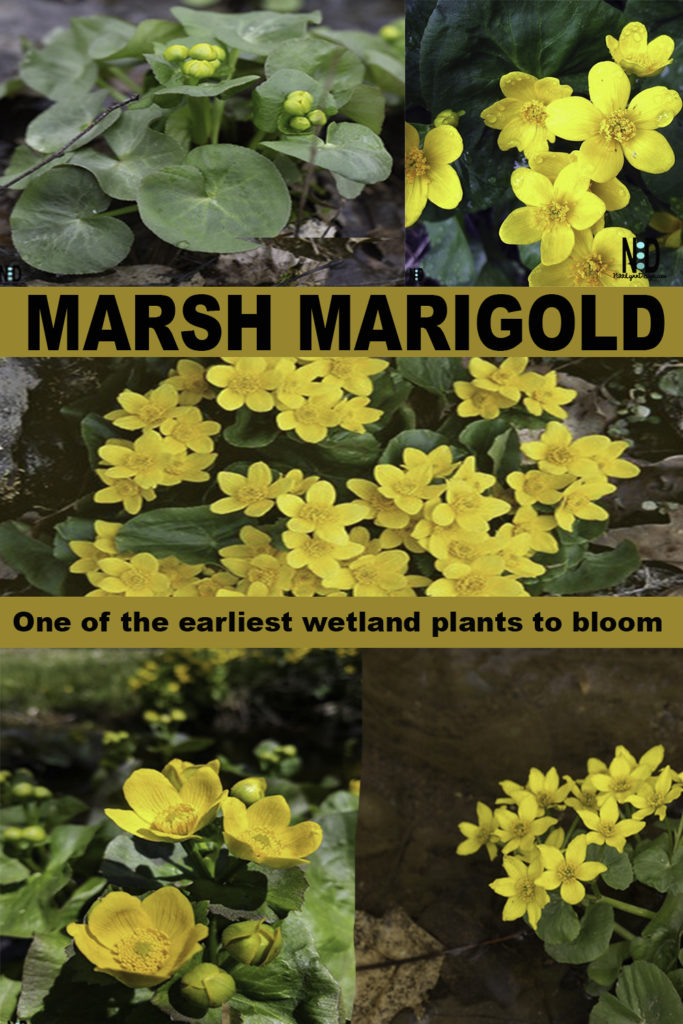
Wildflowers & Woodland Plants
March, April, May, June,
July, August, September
Additional Posts
